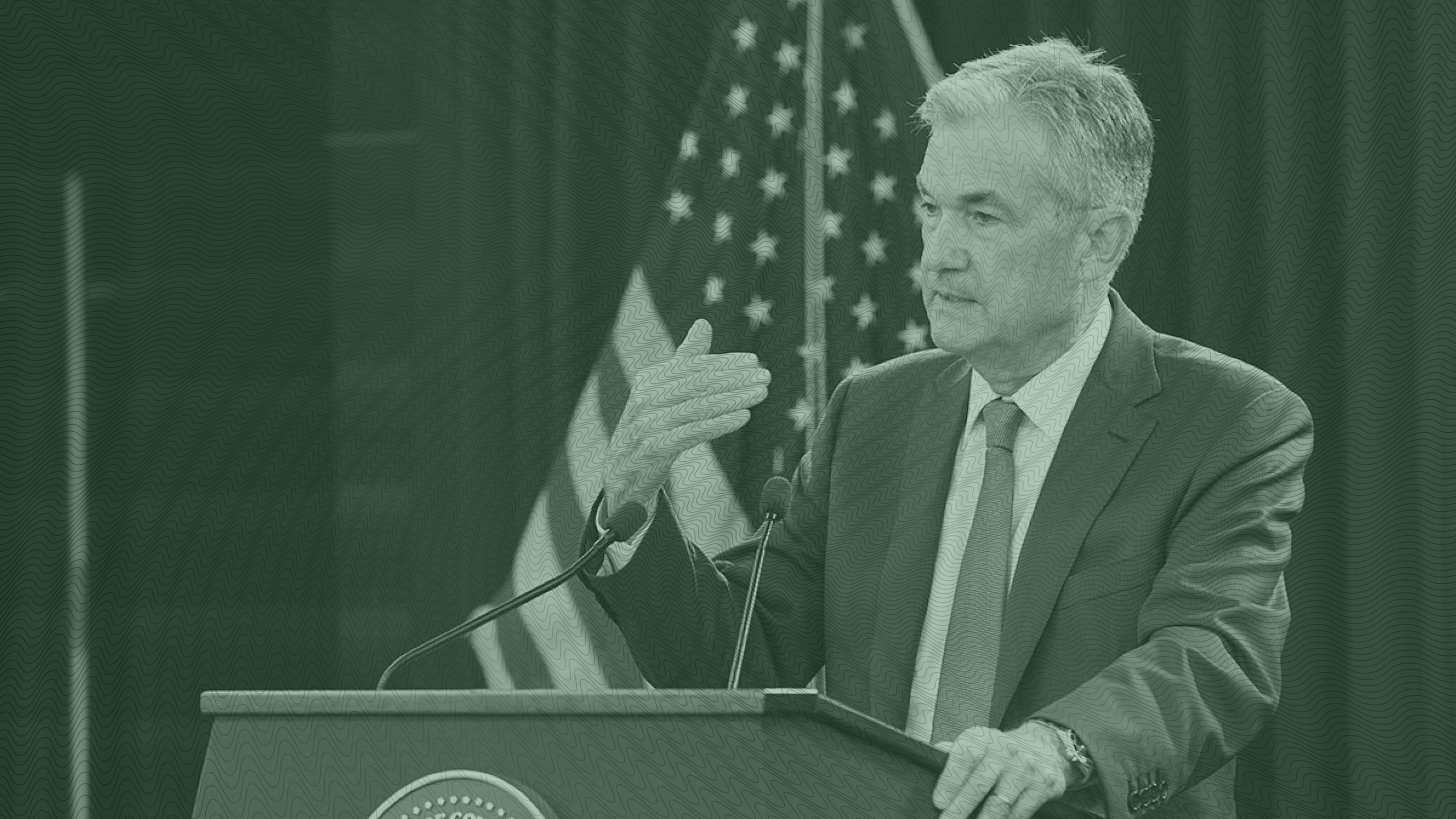Advisors Key in on Fixed Income Ahead of Interest Rate Cuts
With the Fed primed to begin the next cutting cycle, advisors are looking for fresh places to park clients’ cash.
Sign up for market insights, wealth management practice essentials and industry updates.
There’s nothing quite like the words “the time has come” to make cash trash again.
After Federal Reserve Chair Jerome Powell’s remarks at Jackson Hole on Friday, interest rate cuts are almost guaranteed to begin as soon as the next meeting in September. While that’s generally welcome news for advisors, not everyone is looking forward to Fed Day. Investors have enjoyed an almost unprecedented era of high-yield accounts, with some money-market funds offering annual percentage yields of up to 5.35%, according to Bankrate.
The pivot has some clients wondering what to do with their cash, besides clearing room under the bed. One area of opportunity is moving cash into short-duration fixed-income strategies, experts said. “We view the opportunity window for fixed income as wide open,” Helium Advisors co-head of wealth management JJ Feldman told The Daily Upside.
The Fix Is In
Exchange-traded funds that track the bond market have been catching the eye of advisors, including the Goldman Sachs Access Treasury 0-1 Year (GBIL) and JPMorgan Ultra-Short Income (JPST), Feldman added. There are approximately 720 bond ETFs traded on US markets with some $1.7 trillion in assets and an average expense ratio of just 35 basis points, according to an ETF data provider.
“There is a lag between a policy rate cut and the impact of that cut on market yields,” Feldman said. “We anticipate more volatility and more attractive risk-adjusted solutions for clients outside of cash.”
What’s the Alternative? Alternatives are another area that is quickly whetting advisors’ appetites: particularly fixed-income interval funds that can provide diversification and help portfolios weather market turbulence. They’ve also been getting a “good ride,” returning 8% to 12% in our current interest rate environment, according to Thao Truong, a wealth advisor with Morton Wealth.
“While they may seem more complex, alternative investments can often be more straightforward and not necessarily subject to those same [market] factors that are beyond our control,” Truong told The Daily Upside.
Assets in interval funds have grown almost 40% per year over the past decade to $80 billion through May 2024, according to Morningstar data. While interval funds can open up new strategies to investors, they can of course come with limitations, including liquidity. “The key here is to find a quality, well-disciplined, and experienced manager,” she said.












